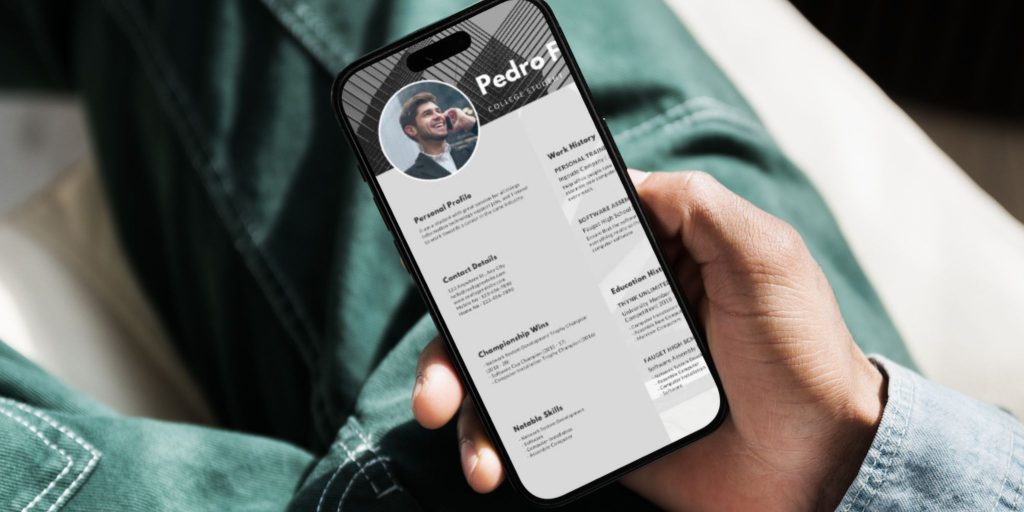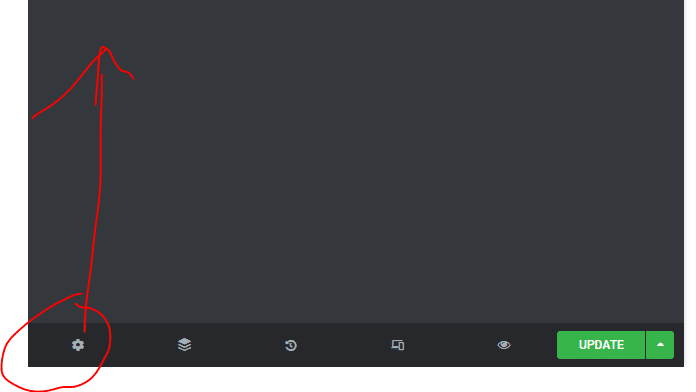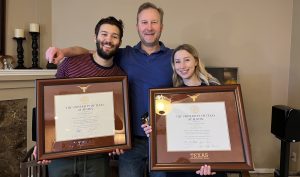
Scholarships are a way of helping candidates reach their full potential. For instance, Birchbox, a start-up based in New York City, announced a commitment to have more women pursue a career in the tech industry. There are plenty of organizations and entities that use similar practices to help such candidates. But the number of scholarship seekers is always quite overwhelming. Hence, you need to stand out by curating a great scholarship resume to charm the administrator.
How can you stand out in the applicant tracking system? A great resume that details your customized experience, work history, and career goals is crucial. Here are our key takeaways for creating a resume that will help you land the scholarship of your dreams.

1.) Scholarship resume header
A scholarship resume is not a standard resume that one would use for a job search. It has to look professional and curating the header by adding “curriculum vitae” is not ideal. At the top of your resume, the header should include your name, personal information, and resume title. However, personal information included does not mean adding your date of birth, blood type, etc. You need to add your contact information here and the current location. For the resume title, write it in terms of your degree or designation. For example, “Chemical Engineering Graduate” or “Research Assistant.”

2.) Professional summary or objective
This section is similar to a statement of purpose, but you need to include the traits you possess that conclude your key skills and achievements. Also, it should revolve around the pointers on why you are the ideal candidate for the scholarship.
Here is an example of a resume summary: “Enterprising Geology Postgraduate student looking to secure a scholarship for pursuing a doctoral degree. Track record of deploying primary and secondary research methods to steer research on Paleontology. Adept at identifying sites for fossils and monitoring the collection.”
While writing the summary, you need to think of the format as well. Restrict it to three or four sentences in a paragraph format. Also, try to avoid including instances of first and second-person pronouns. Instead, use adjectives to begin the sentence. For example, proficient in, adept at, skilled in, etc.

3.) Academic details
For a scholarship resume builder, education details and academic achievements are extremely important. For instance, your GPA and standardized scores may determine your chances of getting shortlisted. You need to think of the required criteria as well. Some scholarships may only invite candidates who have a GPA above 3, so go through the requirements. Also, include information regarding the papers you worked on or if you’ve appeared on the dean’s merit list. Above is an example of how to construct the education section on your scholarship resume.

4.) Extracurricular activities
You can bolster your chances of getting shortlisted by going the extra mile to include extracurricular activities as you write your resume. An academic journey is incomplete without such activities and achievements. You can create multiple sections to add awards, leadership roles, student competitions, volunteering experience, and extracurricular clubs.
For example, you can add pointers like “oversaw the convening of seminars and workshops in the Geology department.” The idea is to help the decision committee understand your interests and academic achievements. An impactful resume will showcase these factors effectively.

5.) Professional experience
Some candidates may find this section a little tricky to write. But you need to understand that there is no requirement of adding full-time job titles here. If you have had any, that is great. But if you do not, try to add internships, experience as a teacher’s assistant, or tutoring jobs. Make sure you format this section properly by looking at other resume samples online. Frame one-liner bullet points to write the job responsibilities and follow reverse chronological order to include the work profiles.
If you have a LinkedIn profile, be sure to include it, as this social media platform lends credibility and speaks to your maturity and professionalism. Plus, it’s a great way to build up your online resume as a future job seeker. By curating your scholarship resume with these five key elements, you’re sure to stand out from other applicants and secure money for college.









